The designer of the original Lotus Elise has reimagined his seminal sports car as a rapid-charging EV for the modern era, hosting highly advanced battery hardware from a British-based technology firm.
Storied designer Julian Thomson, now at General Motors but best known for the Elise S1 (as well as various Volkswagen Group concepts and the Evoque-previewing Range Rover LRX concept), has revisited the lightweight two-seater to create a flagship concept car for the Warwick-based Callum design agency founded by his one-time boss, ex-JLR design head Ian Callum.
First conceived in 2021 by Thomson and brought to fruition by Callum’s eponymous design house after Thomson joined GM, the concept is also a fully functioning technology demonstrator for Cambridge-based Nyobolt, a battery start-up which says its tungsten anodes can slash EV charging times to “just a few minutes”.
“Batteries are no longer the limiting factor in electric car development,” said the firm, which hopes its patented fast-charging technology will "unlock the potential of battery performance", and adds that it is “manufacturable and scalable right now, and will make recharging as convenient as refuelling a petrol or diesel car."
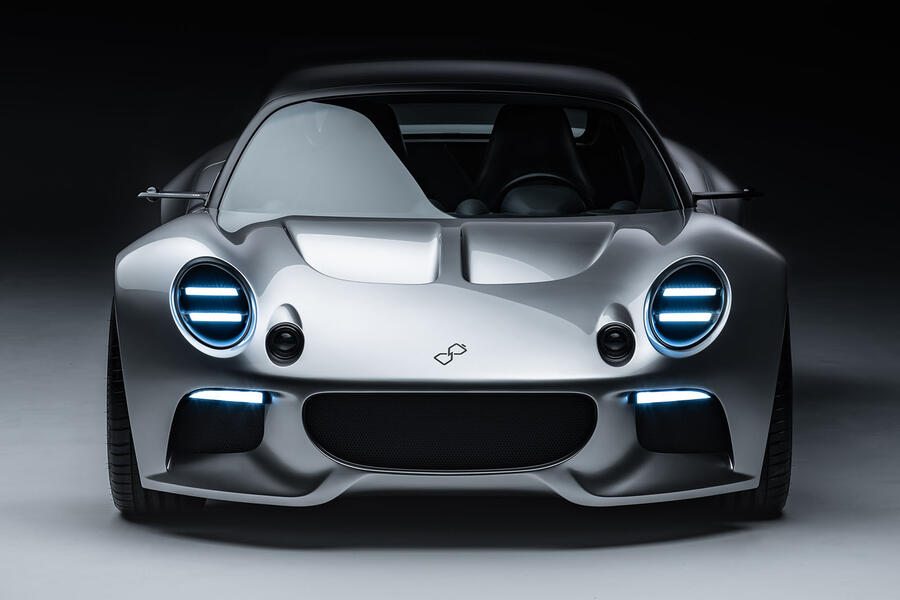
Nyobolt announced that it had closed a £50m funding round in 2022, and says it can begin production of its radical new batteries in 2024.
It plans to open a materials manufacturing site in the UK, and hopes to ultimately produce “millions” of units for a range of applications including home appliances, robotics, energy storage and cars.
Nyobolt says its batteries are smaller and lighter than those used by EVs today – meaning the cars themselves can be, too – and the 35kWh unit here can be fully charged (to give a 155-mile range) in just six minutes, using existing infrastructure. Nyobolt claims its batteries can undergo more than 2000 fast-charge cycles without "significant performance loss".


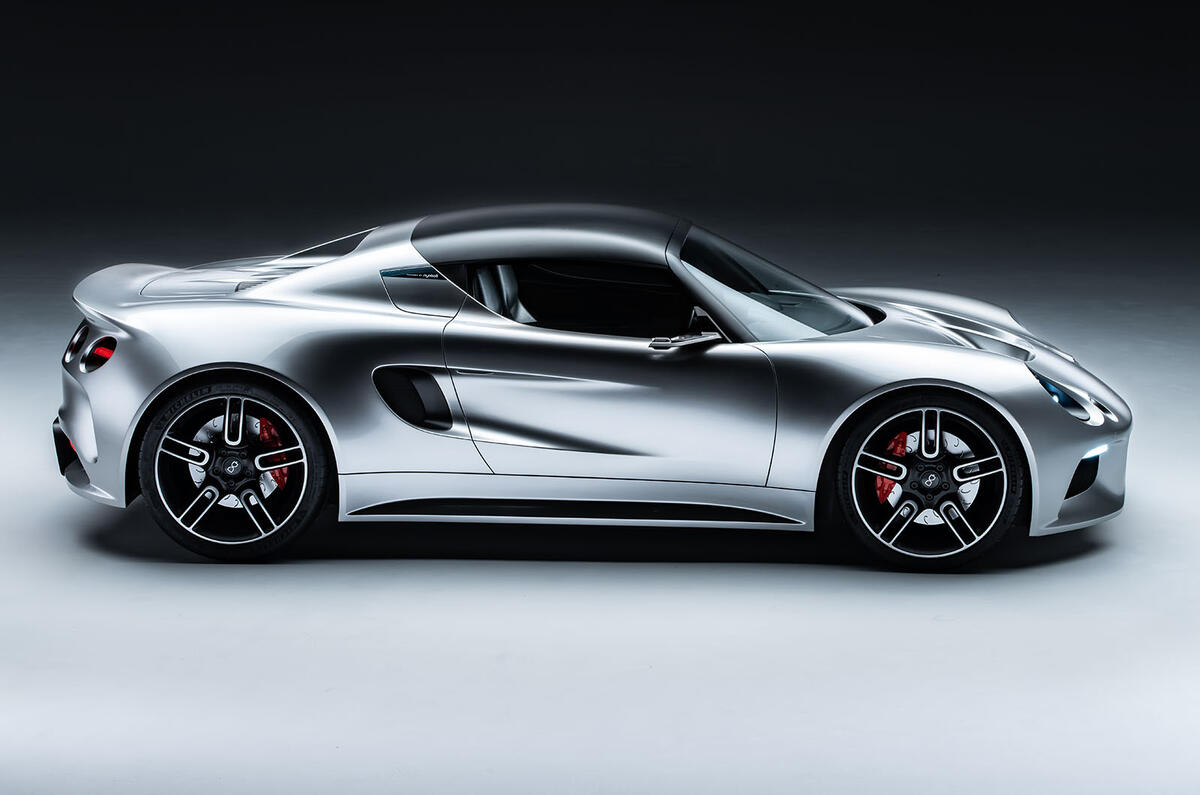

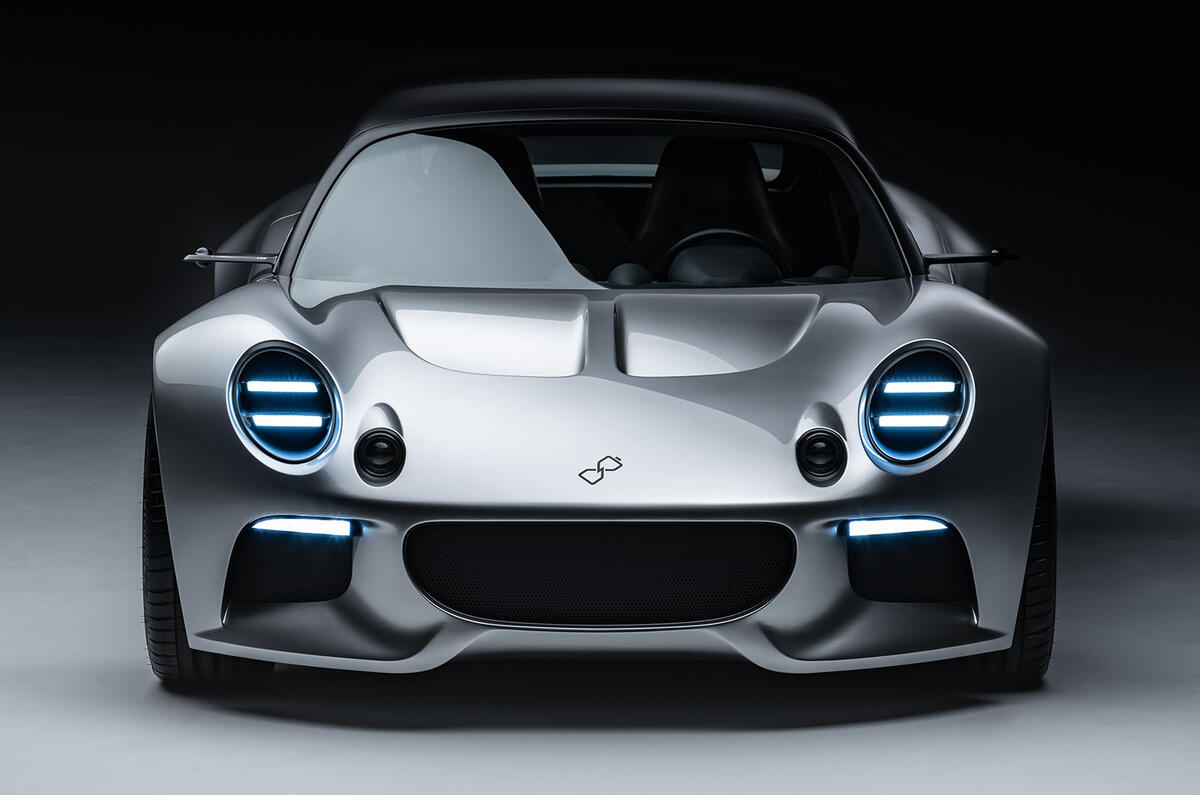
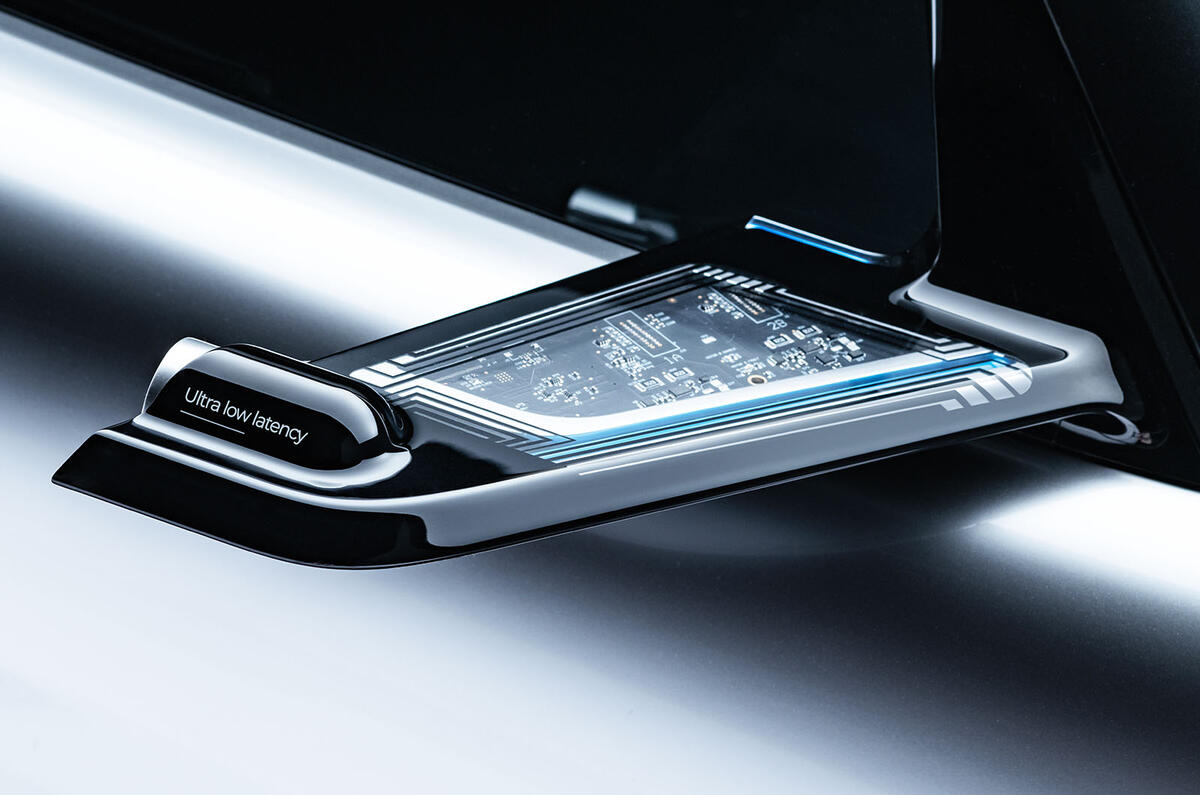
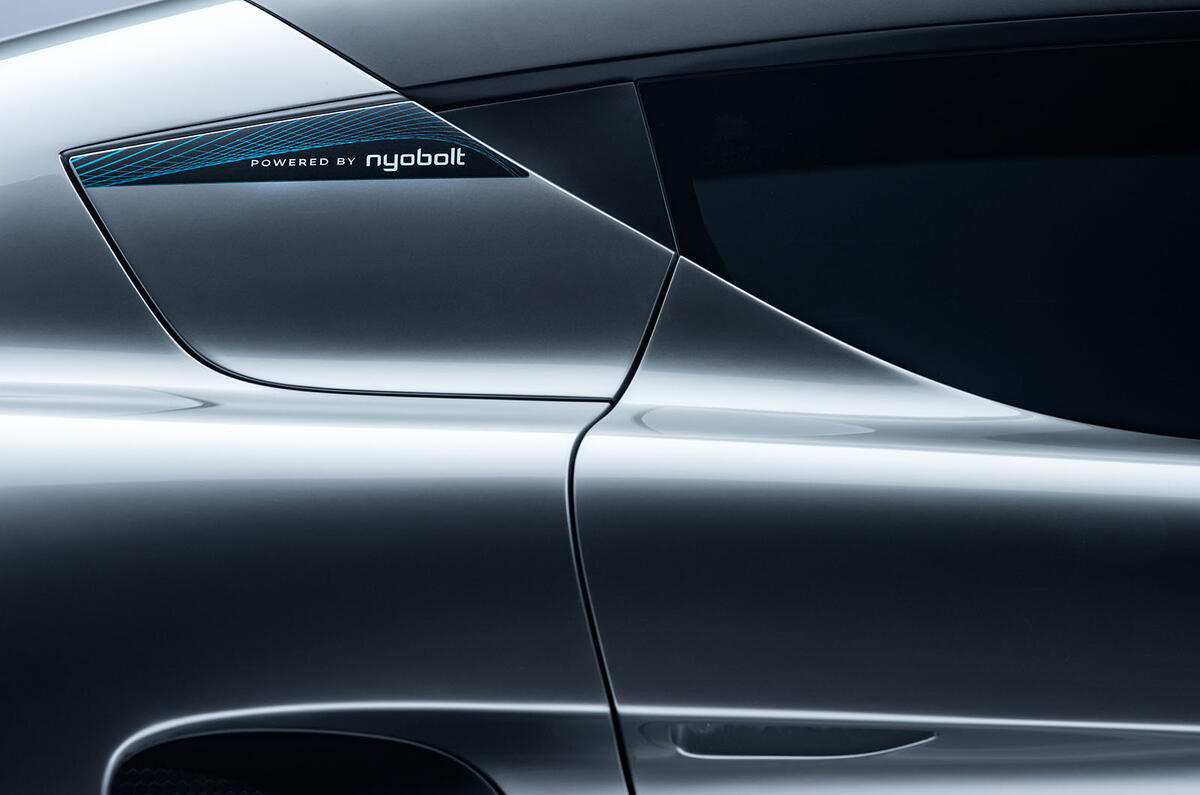
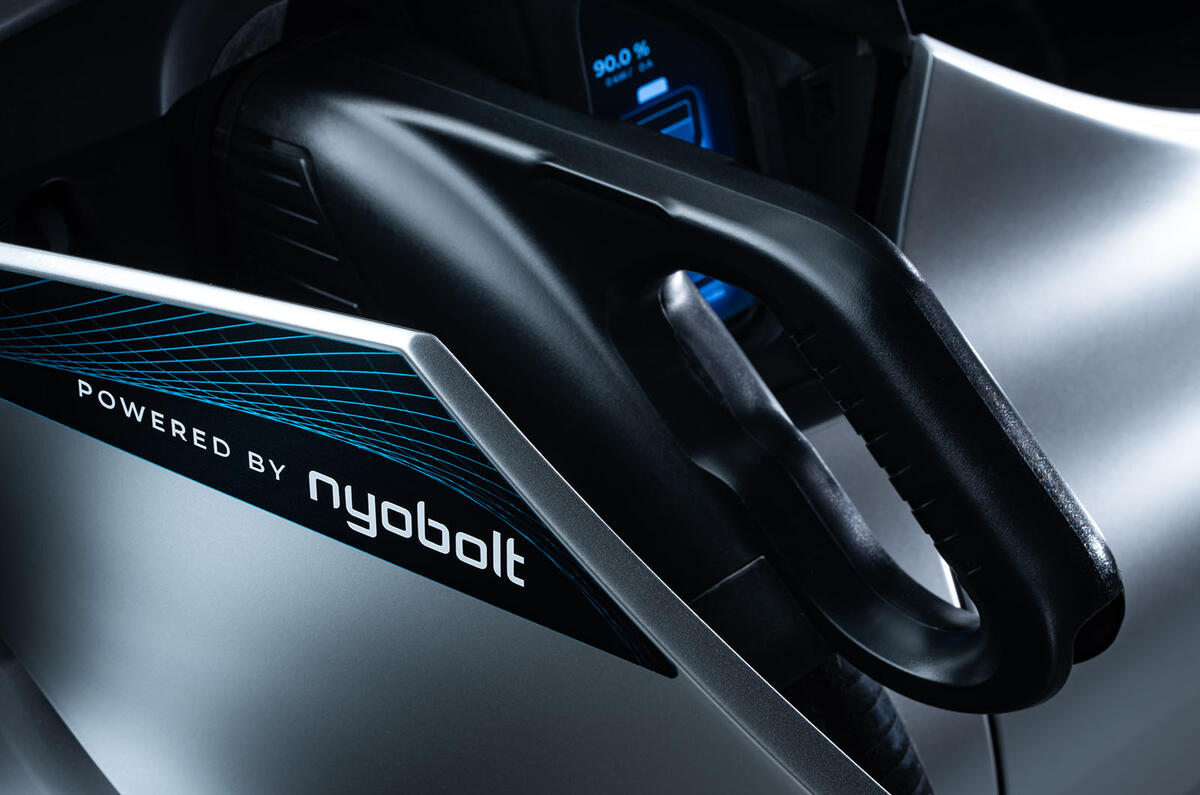
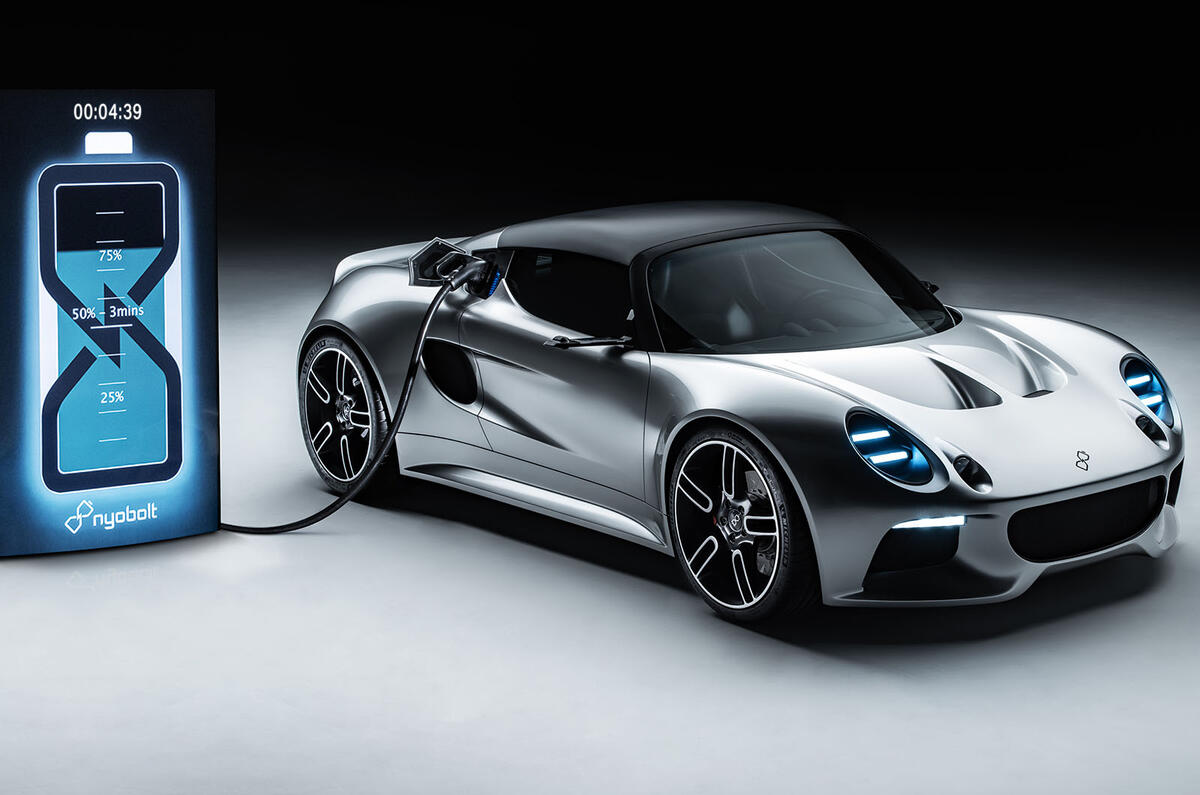
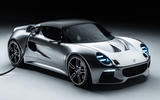
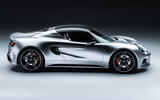
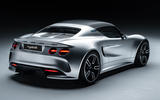
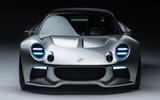
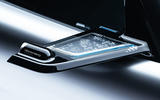

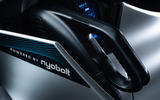
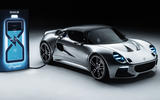


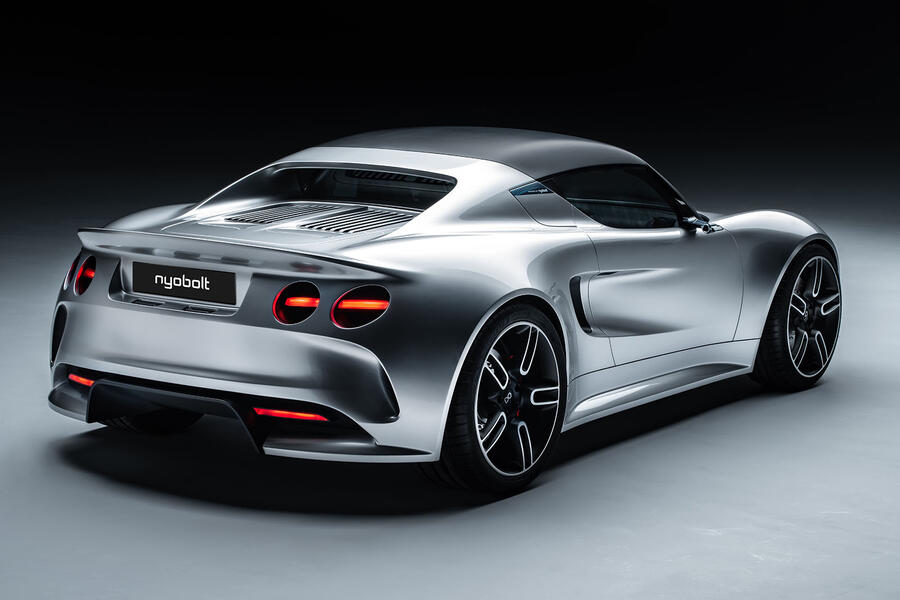






Add your comment